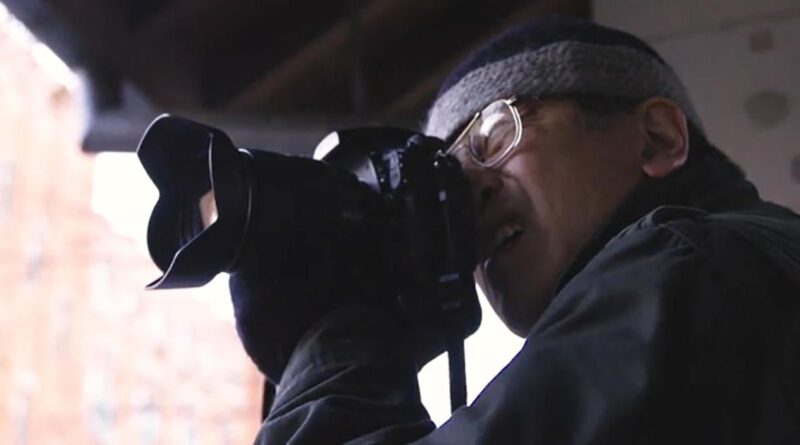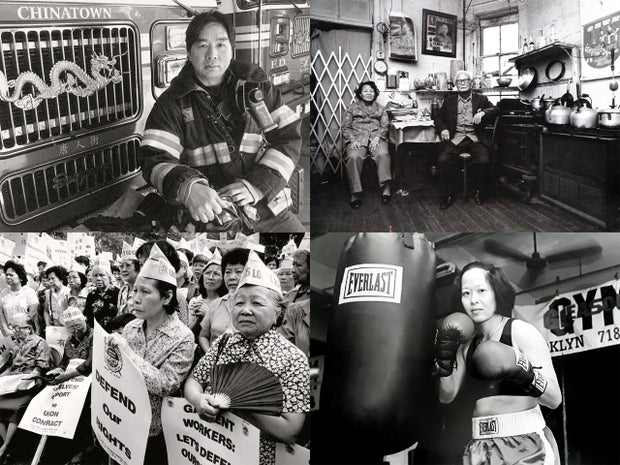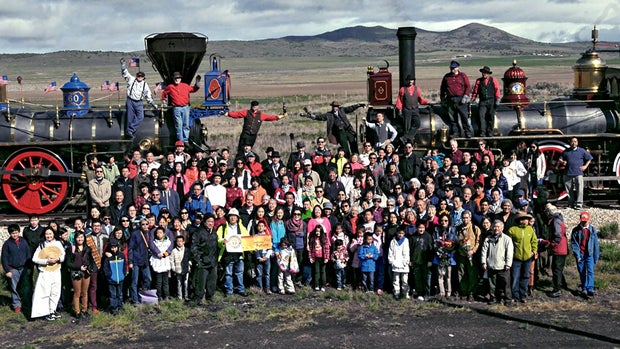Corky Lee’s quest for “photographic justice”
Just about four years ago, at the height of COVID, we lost photographer and activist Corky Lee. His work is the subject of a recent book, “Corky Lee’s Asian America: Fifty Years of Photographic Justice.”
We present an appreciation by his brother, John Lee:
My brother Corky Lee was a self-taught photojournalist who chronicled the Asian communities of America. As the eldest of four sons born to Chinese immigrant parents, he grew up and worked in the family laundry business, and was the first in the family to graduate college.
Starting in the 1970s, Corky chose a camera as his tool for social change. Corky described his camera as a “sword against injustice” and quickly began to document, highlight, and advocate for the Asian American communities.
Corky Lee
He called himself the undisputed, unofficial Asian American photographer laureate. His hope: “After people see my photographs, they’ll basically learn something about what it is to be Asian American,” he once said. “It’s an attempt to educate people one photograph at a time.”
Corky Lee
His passion for “photographic justice” was sparked in his teens when he saw the iconic 1869 photograph of the completion of the Transcontinental Railroad that excluded Chinese workers.
In 2014 he finally corrected that injustice by recreating the same scene, this time with descendants of Chinese railroad workers and other Asian-Americans whose forebears had been barred from the original photograph.
Corky Lee
For over five decades, he covered protest demonstrations, cultural celebrations, job equality, voting rights, and everyday life, recording and rediscovering Asian-American history when no one else would and few news outlets cared.
Corky’s photography became a catalyst for ethnic studies, ensuring that the history of Asian and Pacific Islander Americans would be accurately researched, depicted, and taught.
His photography was compelling evidence that Americans of Asian and Pacific Islander descent were not “eternal foreigners,” but integral to American society.
Corky died in 2021 of COVID, at the height of the pandemic, an infection he picked up while documenting a campaign against Asian hate crime. He died as he lived, wielding his camera, fighting for his deeply-held belief that America was at its best when it practiced diversity, equity, and inclusion of all its peoples and communities.
For more info:
Story produced by Young Kim. Editor: Lauren Barnello.




